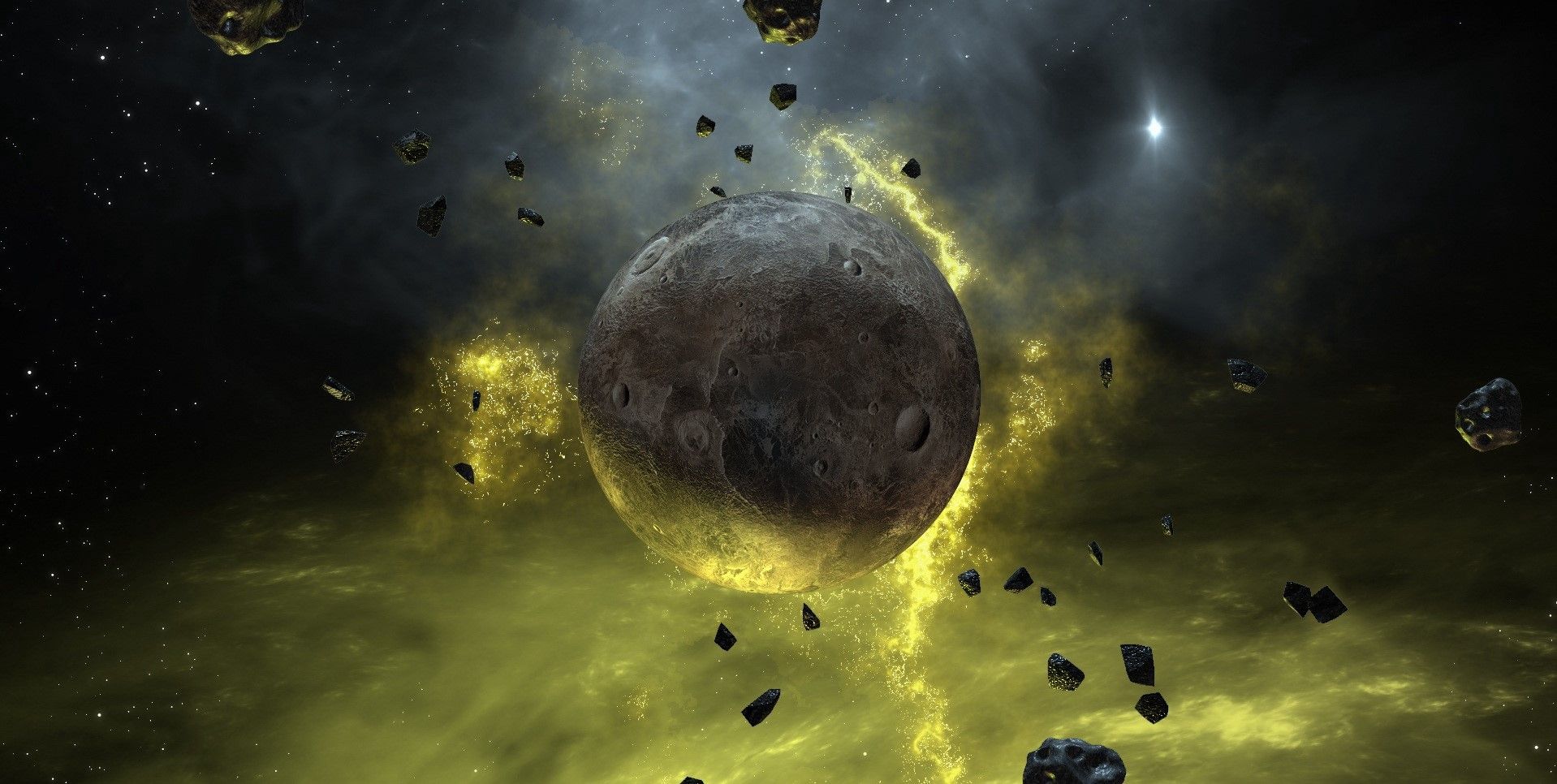NASA Scientists Will Send This Robot Dog to Mars
Article by Kristin Houser December 27, 2020 (freethink.com)
• So far, NASA has landed four rovers on Mars. But because they’ve all used wheels to move around, they’ve only been able to explore the parts of the planet that are relatively flat. The parts they can’t reach with a wheeled Mars rover, however, are some of the most enticing to explore. More than sixty researchers and engineers from NASA, CalTech, MIT, and other organizations built a robot dog that they think could be the ideal Mars rover for exploring those hard-to-reach areas.
• Mars is riddled with caves and lava tubes. Those underground structures could be the best places to look for evidence of ancient extraterrestrial life. They could also be the key to human life surviving on Mars in the future. Martian colonists might be able to seek shelter underground, avoiding radiation, frigid temperatures, and meteorites that could jeopardize their safety on Mars’ surface.
• Boston Dynamics’ robot dog, “Spot”, became the possible answer. Spot already has an eclectic resume — it’s herded sheep in New Zealand, scouted factories for Ford, and even helped the NYPD during a recent hostage situation. While the robot dog is highly capable, it wasn’t ready for a job as a Mars rover right out of the gate. So the engineers made some modifications, which they presented during the American Geophysical Union’s annual meeting on December 14th.
• They gave Spot a new sensor package, including a thermal camera and LiDaR (laser-scanning) sensor, and mounted a new power and computing package to its back. They also equipped the robot dog with AI software to help it learn as it explores, and a communication system it could use to send data from below ground to the surface. They renamed their newly upgraded robot dog “Au-Spot”, and it has already taken first place in a DARPA challenge that required it to navigate courses designed to look like underground urban environments.
• The researchers are currently testing the robot’s ability to navigate obstacle courses and map outdoor locations similar to the subterranean structures of Mars, such as the lava tubes found in Northern California. NASA hasn’t announced any impending plans to send Au-Spot to the Red Planet. But Au-Spot’s behaviors could one day enable revolutionary scientific missions to take place on the Martian surface and subsurface.
 Boston Dynamics’ robot dog Spot has an eclectic resume — it’s herded sheep in New Zealand, scouted
Boston Dynamics’ robot dog Spot has an eclectic resume — it’s herded sheep in New Zealand, scouted  factories for Ford, and even helped the NYPD during a recent hostage situation.
factories for Ford, and even helped the NYPD during a recent hostage situation.
However, the multi-talented bot’s next job might be the most remarkable yet: exploring Mars for NASA.
Limitations of a Wheeled Mars Rover
NASA has landed four rovers on Mars so far, and because they’ve all used wheels to move around, they’ve only been able to explore the parts of the planet that are relatively flat.
Scientists want to be able to scope out the entire planet, though — and the parts they can’t reach with a wheeled Mars rover are some of the most enticing.
 Mars is riddled with caves and lava tubes, and those underground structures could be the best places to look for evidence of ancient extraterrestrial life.
Mars is riddled with caves and lava tubes, and those underground structures could be the best places to look for evidence of ancient extraterrestrial life.
They could also be the key to human life surviving on the Red Planet in the future — Martian colonists might be able to seek shelter underground, avoiding some of the radiation, frigid temperatures, and meteorites that could jeopardize their safety on Mars’ surface.
Now, more than 60 researchers and engineers from NASA, CalTech, MIT, and other organizations have built a Spot robot dog they think could be the ideal Mars rover for exploring those subsurface structures.
The Roving Robot Dog
While Boston Dynamics’ robot dog is already highly capable, it wasn’t exactly ready for a job as a Mars rover right out of the box, so the researchers had to make some modifications, which they presented during the American Geophysical Union’s (AGU) annual meeting on December 14.
11:43 minute video of Au-Spot, NASA’s robot dog (‘Thomas Touma’ YouTube)
FAIR USE NOTICE: This page contains copyrighted material the use of which has not been specifically authorized by the copyright owner. ExoNews.org distributes this material for the purpose of news reporting, educational research, comment and criticism, constituting Fair Use under 17 U.S.C § 107. Please contact the Editor at ExoNews with any copyright issue.


 Researchers used astronomy and statistical modelling to estimate how much intelligent life could have
Researchers used astronomy and statistical modelling to estimate how much intelligent life could have
